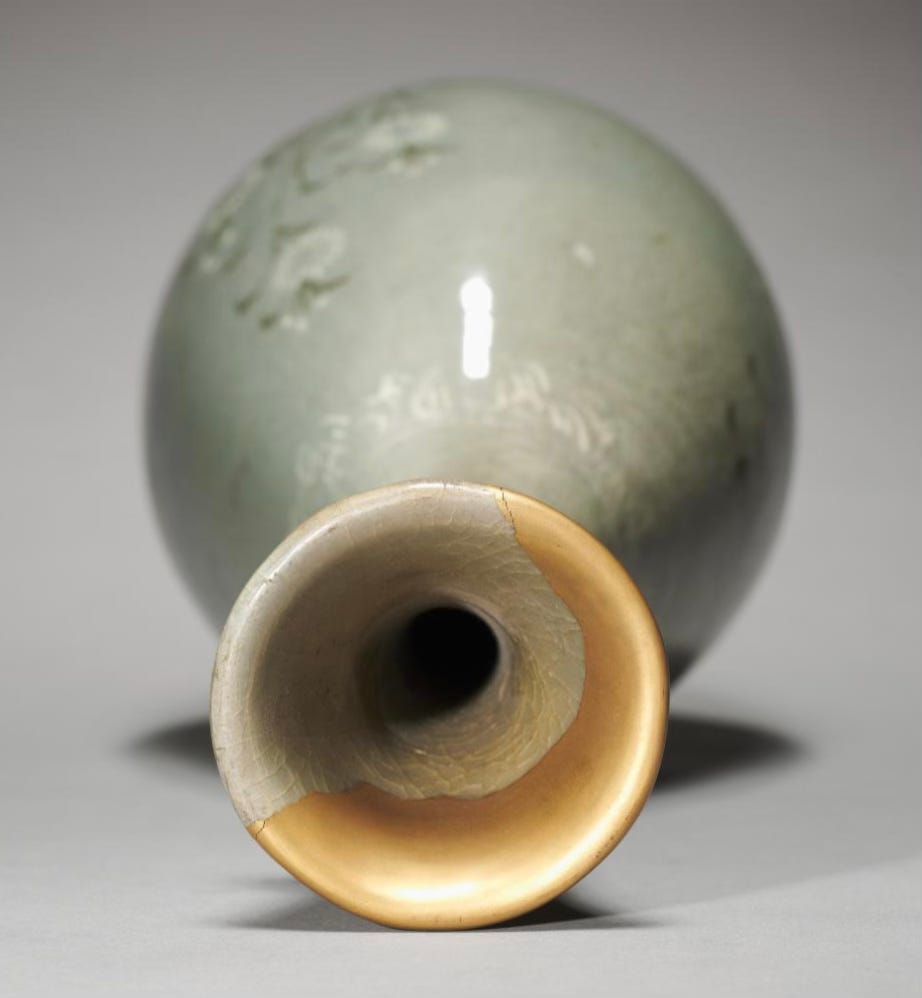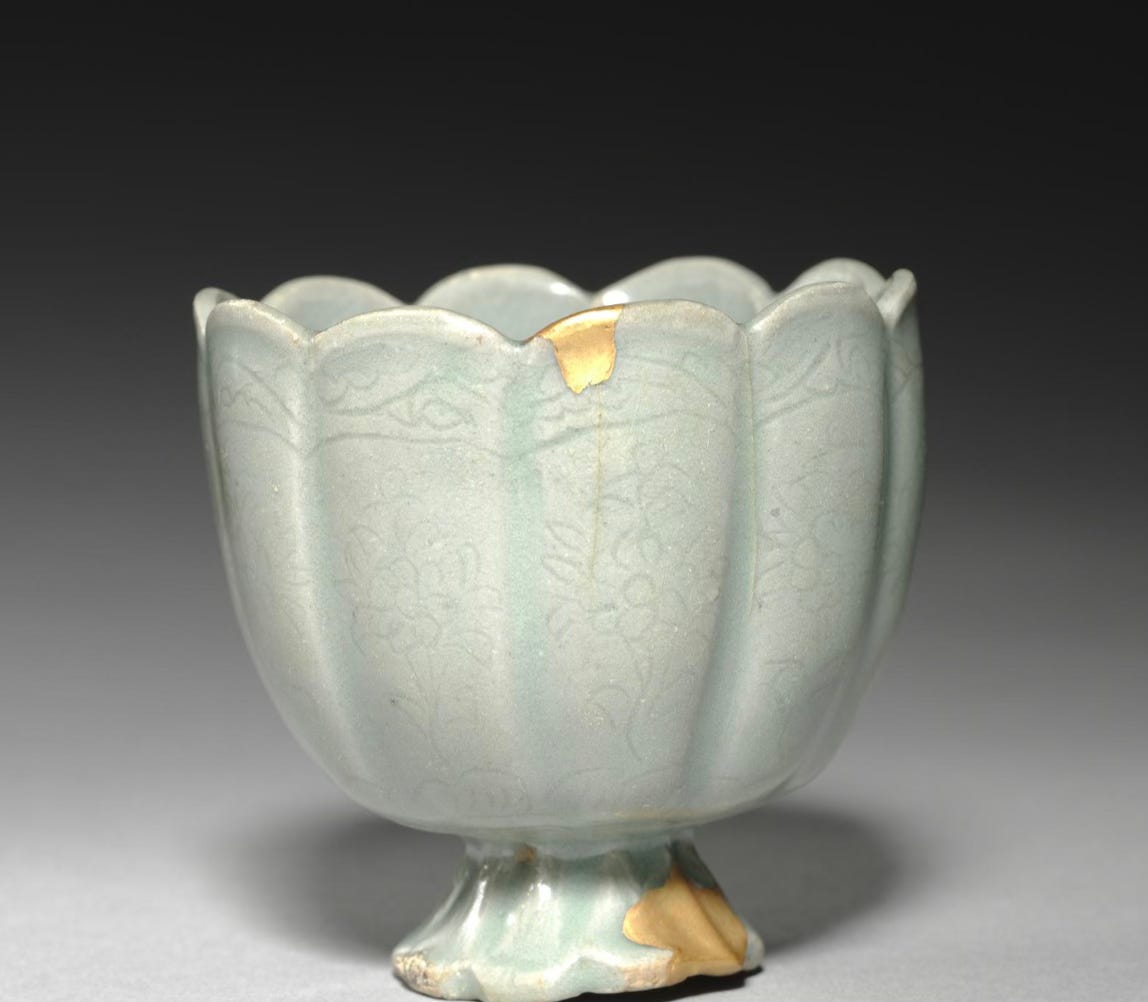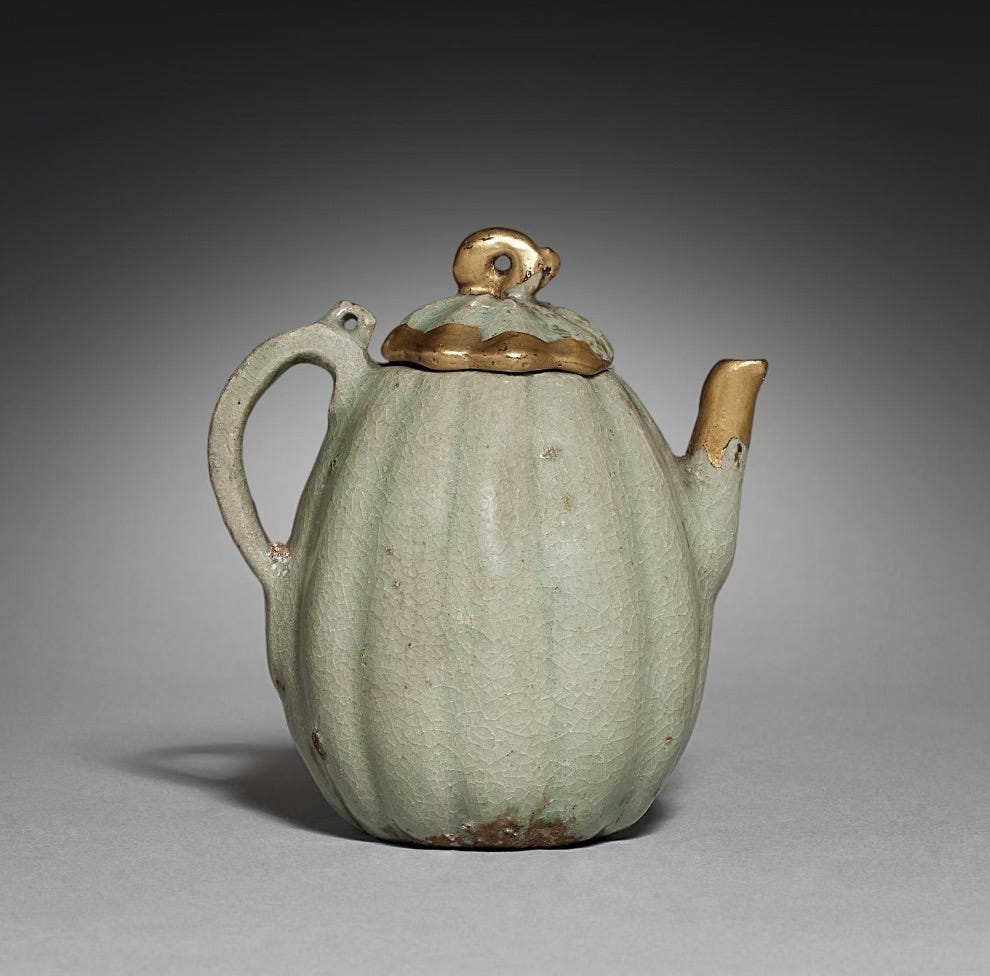The Healer’s Art

"They that are whole need not a physician, but they that are sick." (Matthew 9:12)
The student erupted in rage, shouting obscenities in front of staff and students. “You’re f**ing evil!” he yelled, eyes full of fury, or even something deeper. Abandonment. Then he stormed off campus.
I recognized what was happening. He wasn’t just angry. Behind his shouting, he was hiding his pain, his belief that he no longer belonged. He took refuge behind his louder emotions instead of confronting his shame.
We called home and issued a one-day suspension with a scheduled parent meeting the next day. We braced ourselves for a no-show. But he showed up, head down, shoulders curled, expecting the worst.
“You won't be in class today,” we said. “But we need you here tomorrow.”
His eyes lifted. “I’m . . . coming back?”
His posture straightened. Something softened. For weeks afterward, he passed me in the hallway with a knowing smile, like we shared a secret. This smile was out of character for him. Eventually, I asked him about it. He shrugged. “I can’t believe you let me come back. I love this school.” He was surprised, but what shocked him was not the lifting of an expulsion; it was the restoring of a connection. He expected the correction to sever him from the community. Instead, he discovered love and belonging. That is why he smiled. Discipline didn’t change him. Instead, he found healing for his hurt through the connection he and I shared.

There is a Latter-Day Saint hymn with a line that reads, “I would learn the healer’s art.” I have sung those words during sacrament meetings, in seminary classes, evening prayers, and even softly, as a missionary, on the dusty streets of Honduras. I sing its words with wonder and am drawn to the mystery of that phrase, “the healer's art.” The idea of healing as an art feels somehow holy, delicate, deliberate, and divine. One day, those words didn't just leave my lips; they landed in my chest. I realized I didn’t really know what they meant. I was familiar with the rules of my church. I knew reverence, how to fold my arms, bow my head, and choose the right. But I didn’t know the healer’s art. Not the way Jesus practiced it.
I was raised to believe that healing came through correction. But Christ showed me—through the relationship I built with that former student and through other experiences I have had—that healing comes through finding connection with each other. Connection is not sentiment; it is incarnation, Christ drawing near to us when others step away. It is choosing presence over punishment, relationship over rejection. The healer’s art isn’t about making people better; it’s about making them whole so they can feel the full weight of God’s love for them.
“They that are whole need not a physician, but they that are sick” (Matthew 9:12). This was Jesus’s response when asked why he sat with tax collectors and sinners. It is more than a line. It is a declaration. A diagnosis. A mission statement. Christ came not for the flawless, but for the fractured.

One night, my daughter’s voice broke through the quiet of our walk. “Dad?” she asked, her voice thick with worry, “What if I am holding on to the rod, and everyone behind me is moving faster, and doing better? What if I’m slowing them down? Should I let go and let them pass?”
Isn’t this all of us? We glance around and feel like we are the only ones limping on the path. We see others strong and steady while we ache and falter. We fear we’re in the way. We’re hurt, wounded, and struggling. Broken.
I felt tears well up. “Honey, never, ever let go. You can do it. You aren’t in the way of anyone.”
Unfortunately, we have built a throwaway culture. We discard what no longer looks polished or appears productive for our purpose. Because this is what we so often get wrong. We’ve been misguided in how we see the wounded, as if they are worthless or an obstacle in the way.
We do this in schools when students act out, in churches when congregants falter. We do it in families when our loved ones disappoint us, and we do it to ourselves when we fall short of others’ expectations.
But Jesus doesn’t seem to operate that way in the scriptures. He didn’t flinch when the woman with an issue of blood touched him. Designated as unclean, she was also unwelcome and largely unnoticed. When she reached out, Jesus stopped, turned, and saw her. Before he restored her health, he restored her identity. “Daughter,” he said. “Be of good comfort. Thy faith hath made thee whole” (Matt. 9:22).
The healing didn’t begin with the miracle but with helping her to be wholly seen, the essence of the healer’s art.
Jesus reminded the people in the Book of Mormon to embrace one another and to be embraced by his love. He asked them not to cast people out, "for ye know not but what they will return and repent" (3 Ne. 18:32). Christ’s invitation was always relational: “Return unto me . . . and be converted, that I may heal you.” His call was not first to behave differently, but to come close. Connection precedes conversion. (3 Ne. 9:13).
The change came after mercy, the growth after grace. Whether Christ’s healing is invited by repentance, by return, or by simply showing up, it is always steeped in connection.
Many young people today believe that if they were to vanish, no one would notice. They don’t believe they matter—they don’t believe they are seen. Leaders ask them if they feel worthy. But how can someone feel worthy if they don’t feel wanted? If they feel they have no worth? It’s like pouring water into a cracked jar. The message of divine worth can’t be held where belonging has never been offered.
To be connected is to be remembered. To be cut off is to be forgotten. Christ’s healing is the promise that we are never forgotten. The healer’s art is not the fixing of flaws but the binding up of relationships. That’s why healing begins with connection, not correction; with remembrance, not requirements. Healing isn’t just about patching wounds; it’s about returning people to themselves.
Jesus recognizes that we are all on our individual paths, and he finds us there; we must do the same if we are to practice the healer’s art. There is no single script, but there is a pattern, and the pattern always begins with presence and leads to connection.
We are tempted to ask, “Are you worthy?” when the Savior asks, “Will you draw near?”
Answering “yes” takes time. And every return can awaken the whisper of shame: “You’re not changing. You’re just pretending.” But that voice doesn’t belong to the Healer. Shame says, “Fix yourself, then come back,” or “You are in the way of others on the path.” The Healer says, “Come back, and we’ll begin from there. And I will make your pace ours.”
We all need the healer’s art. We are all hiding behind anger, inside silence, hoping our failures haven’t disqualified us. The Healer’s quiet message continues: “Come back.” “You are not lost.” “You are still mine.” That’s the miracle. He didn’t love us after the fall. He loved us through it. Our brokenness wasn’t a detour from his mission. It was the reason he came.
So, may you learn the healer’s art. But first, may you receive it, fully, freely, and without condition. And then, go—stand in the places where people believe they are beyond repair. And help them see how wrong they were.
Tyler Bastian is an education leader, filmmaker, father, and the founder of Roots Charter High School.
Photos courtesy of the Cleveland Museum of Art.



